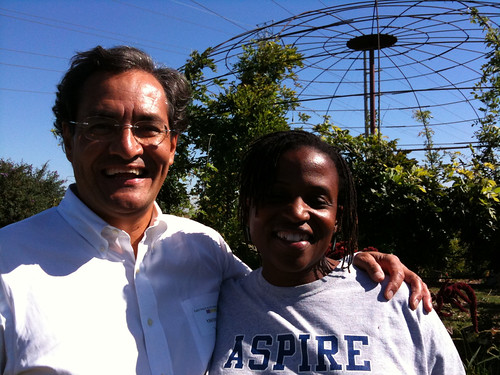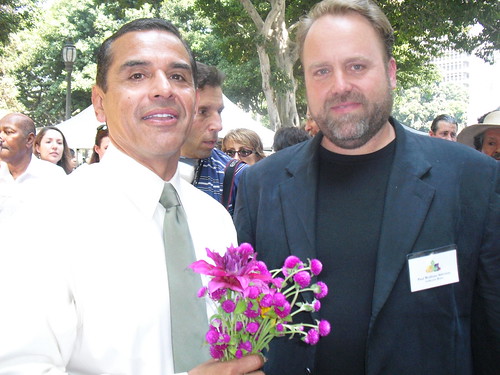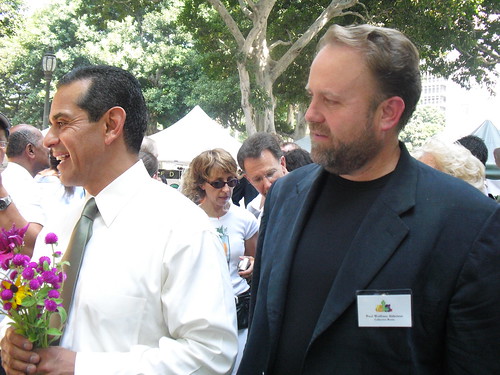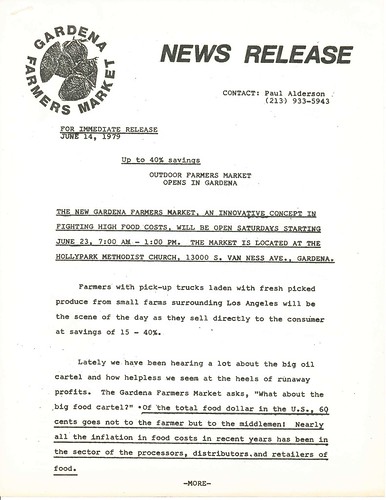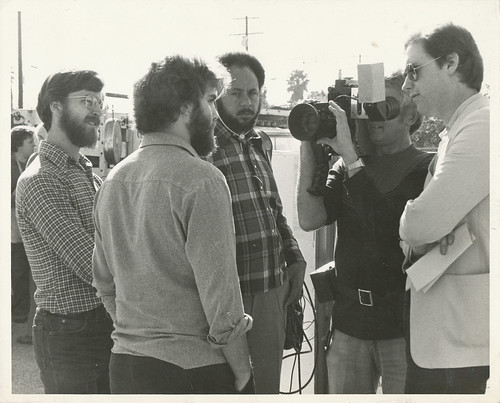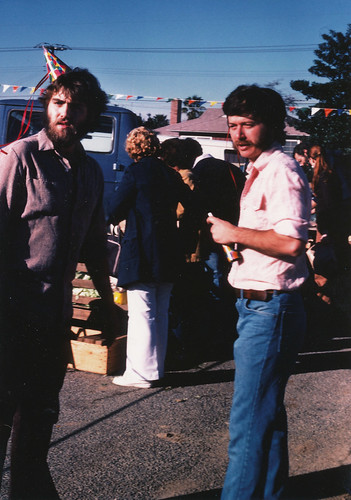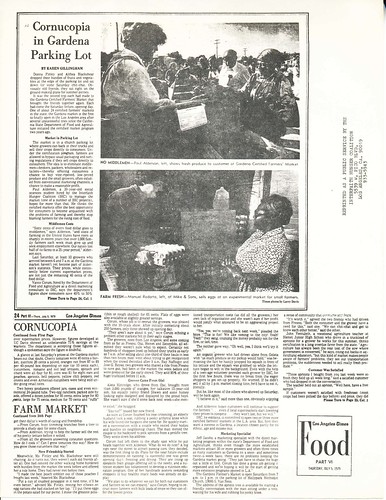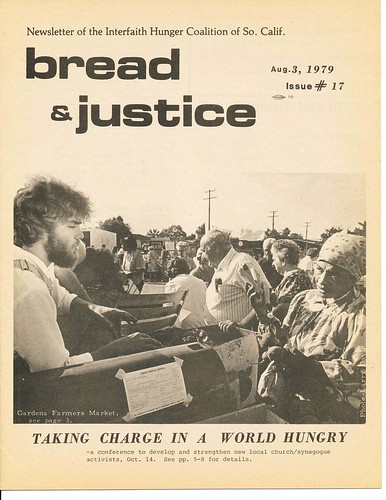
These 176 pages provide some of the most inspired reading I have had in the field of food system change. Food shortages have become a global reality and the global food crisis is causing more human suffering than ever, and a leading factor in the collapse of our global environment. With the dizzying array of information that is proliferating about the food system, Walden Bello's brief and to the point book is like a lightening bolt of clarity.

My career started more than 30 years ago working for the Interfaith Hunger Coalition, and I find it deeply disturbing that hunger is on the rise and the food system that is causing it is global crisis. Bello informs us that most Haitians today live on less than two dollars per day and they have coined the phrase "Clorox hunger" to describe a pain "so torturous that people felt like their stomachs were being eaten away by bleach or battery acid." For the world's poor, high food prices have become a fact of life. My work, centered in East Palo Alto, California, occurs right on the edge of Silicon Valley - one of the wealthiest regions on earth. 97,000 people in Silicon Valley are "food insecure"
Thanks to the global corporate food machine and unchecked social policy that addresses food issues, hunger has a new face: malbouffe (junk food) starvation. Junk food starves us from receiving proper nutrition and is a leading cause of the global pandemic of childhoo obesity. Bello highlights some the global movements and leaders that "want agrarian practice that transforms farmers into guardians of the land, and a different way of farming, that ensures an ecological equilibrium and also guarantees that land is not seen as private property." Bello highlights peasant farming organizations like Via Campesina that has become a global international force that has captured the imagination of global civil society.
Via Campesina is one of the leading organizations promoting change in the food system with a clear sense that we have to change the society if we want to change the agricultural policies. Via Campesina has demonstrated the leadership and vision to present the idea of "Food Sovereignty"...a new policy framework being adopted by social movements all over the world for the governance of food and agriculture. Food Sovereignty addresses the core problems of hunger and poverty in a new and innovative way that have caught my attention. In the past, we have talked about addressing food security and ending hunger...important tasks, but Food Sovereignty sets a much higher standard and presents a vision that goes beyond responding to the immediate crisis.
Bello highlights that Via Campesina "has a well elaborated, radical critique of the current agrifood paradigm. It questions all the basic premises of this paradigm--monoculuture, large-scale industrial farming, the Green Revolution, and biotechnology--and shows that farm from being an effective producer of food, the paradigm subordinates food production to the logic of profit, promotes dislocation and dispossesion of millions, and tailors, agrilcultural production to the needs of those with market power, thus creating the very hunger it is supposed to banish. Moreover, contrary to its claims of efficiency, the costs of industrial agriculture, in terms of chemical pollution, soil and genetic erosion, carbon emissions, and the tremendous subsidies for agribusiness, outweigh the benefits."
Groups like Via Campesina promote the idea of Food sovereignty that provides an alternative framework to the narrower concept of food security, which mostly focuses on the immediate human need of providing adequate nutrition.
Via Campesina's seven principles of food sovereignty include:
1. Food: A Basic Human Right. Everyone must have access to safe, nutritious and culturally appropriate food in sufficient quantity and quality to sustain a healthy life with full human dignity. Each nation should declare that access to food is a constitutional right and guarantee the development of the primary sector to ensure the concrete realization of this fundamental right.
2. Agrarian Reform. A genuine agrarian reform is necessary which gives landless and farming people – especially women – ownership and control of the land they work and returns territories to indigenous peoples. The right to land must be free of discrimination the basis of gender, religion, race, social class or ideology; the land belongs to those who work it.
3. Protecting Natural Resources. Food Sovereignty entails the sustainable care and use of natural resources, especially land, water, and seeds and livestock breeds. The people who work the land must have the right to practice sustainable management of natural resources and to conserve biodiversity free of restrictive intellectual property rights. This can only be done from a sound economic basis with security of tenure, healthy soils and reduced use of agro-chemicals.
4. Reorganizing Food Trade. Food is first and foremost a source of nutrition and only secondarily an item of trade. National agricultural policies must prioritize production for domestic consumption and food self-sufficiency. Food imports must not displace local production nor depress prices.
5. Ending the Globalization of Hunger. Food Sovereignty is undermined by multilateral institutions and by speculative capital. The growing control of multinational corporations over agricultural policies has been facilitated by the economic policies of multilateral organizations such as the WTO, World Bank and the IMF. Regulation and taxation of speculative capital and a strictly enforced Code of Conduct for TNCs is therefore needed.
6. Social Peace. Everyone has the right to be free from violence. Food must not be used as a weapon. Increasing levels of poverty and marginalization in the countryside, along with the growing oppression of ethnic minorities and indigenous populations, aggravate situations of injustice and hopelessness. The ongoing displacement, forced urbanization, repression and increasing incidence of racism of smallholder farmers cannot be tolerated.
7. Democratic control. Smallholder farmers must have direct input into formulating agricultural policies at all levels. The United Nations and related organizations will have to undergo a process of democratization to enable this to become a reality. Everyone has the right to honest, accurate information and open and democratic decision-making. These rights form the basis of good governance, accountability and equal participation in economic, political and social life, free from all forms of discrimination. Rural women, in particular, must be granted direct and active decision making on food and rural issues.
(click here to see full page on food sovereignty on wikipedia)
Bello qoutes Philip McMichael, author of "The Global Restructuring of Agro-Food Systems" who state that "food sovereignity in theory and practice represents a political, ecological, and cultural alternative to a 'high modernist' corporate agriculture premised on standardized inputs and outputs and serving a minority of the world's population...the principle of food sovereignity embodies neither a return to bucolic peasant culture--rather, it is a thoroughly modern response to the current neoliberal conjuncture, which has no sustainable solutions to its thoroughly modern problems."
Bello also qoutes Miguel Altieri and Clara Nicholls who point out that "conventional wisdom is that small farms are backward and unproductive, in fact, "research shows that small farms are much more productive than large farms if total output is considered rather than yield from a single crop. Small integrated farming systems that produce grains, fruits, vegetables, fodder, and animal products outproduce yield per unit of single crops, such as corn (monocultures) on large-scale farms." Bello underscores this counterpoint to conventional thinking, factoring in "the ecological destabilization that has accompanied the generlization of industrial agriculture, the balance of costs and benefits lurches sharply toward the negative. Bello qoutes Daniel Imhoff who points out that "the average food item journeys 1,300 miles before becoming part of a meal. Fruits and vegetables are refridgerated, waxed, colored, irradiated, fumigated, packaged, and shipped. None of these process enhances food quality but merely enables distribution over great distances and helps increase shelf life." Bello highlights the absurdity that industrial agriculture has created the situation "whereby between production, processing, distribution, and preparation, 10 calories of energy are required to create just one calorie of food energy."
